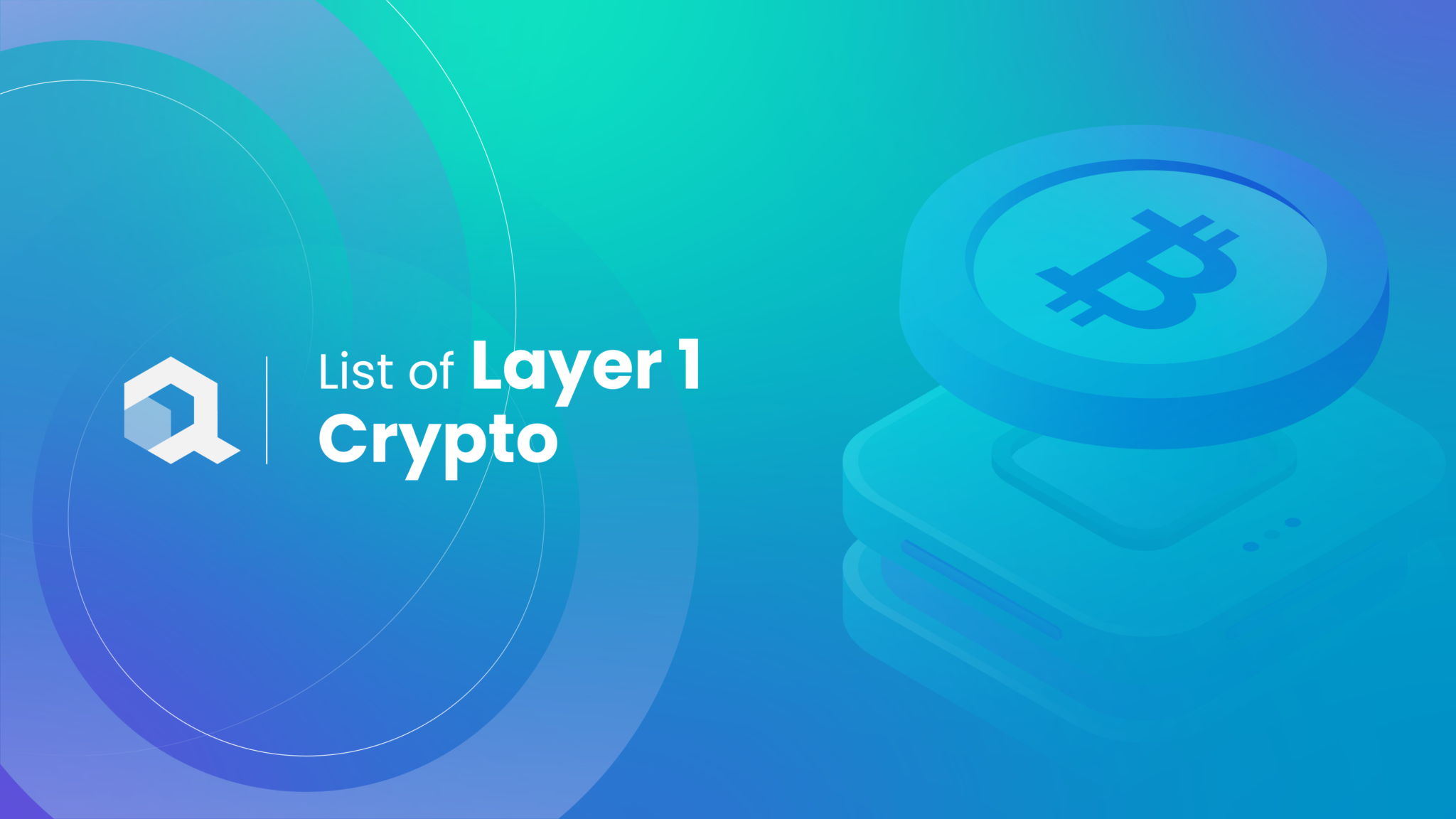
In 2024, the world of cryptocurrency continues to evolve with Layer 1 solutions at the forefront, driving innovation and securing blockchain infrastructures. As the foundational networks of the crypto world, Layer 1 blockchains are pivotal in processing transactions and maintaining decentralization. This article explores the leading Layer 1 cryptocurrencies that are not only dominating the market but are also offering groundbreaking opportunities for investors and developers alike.
Understanding these Layer 1 platforms is crucial for anyone involved in the crypto space, whether you’re a seasoned investor or a newcomer. The resilience of these networks, their technological advancements, and their ability to foster new applications are what set them apart. Here, we’ll delve into each noteworthy Layer 1 crypto, shedding light on their unique features and potential for future growth.
As we explore these foundational blockchains, we aim to provide a clear, concise overview, free of overly complex jargon. Our focus is to equip you with the knowledge needed to navigate the Layer 1 landscape, helping you make informed decisions in your blockchain endeavors.
Investment for Layer 1 Cryptocurrency Assets
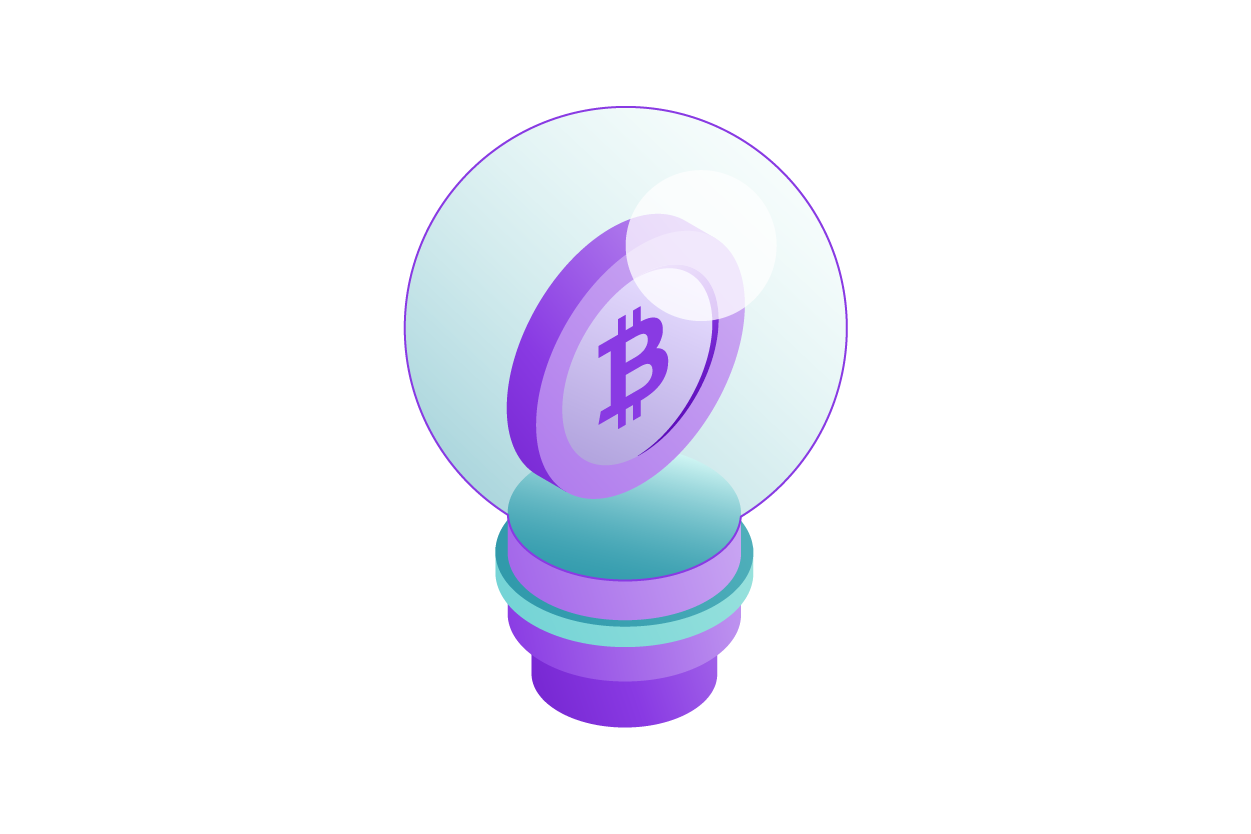
Investing in Layer 1 cryptocurrencies—such as HeLa, Bitcoin, Ethereum, Cardano, and Solana—entails more than just buying and holding. These foundational blockchains provide the infrastructure for numerous decentralized applications and have unique attributes that influence their investment potential. Here’s an expanded look at how to approach investing in Layer 1 assets:
1. Understanding Layer 1 Technologies
- Blockchain Architecture: Each Layer 1 blockchain has a distinct architecture. For instance, Bitcoin utilizes a proof-of-work (PoW) consensus mechanism which prioritizes security and decentralization, while Ethereum is transitioning to proof-of-stake (PoS) which aims to be more scalable and energy-efficient.
- Smart Contract Capabilities: Platforms like Ethereum, Cardano, and Solana support smart contracts, which are crucial for building decentralized applications. The capabilities and efficiency of these contracts can significantly influence the blockchain’s adoption and success.
2. Market Dynamics and Investment Metrics
- Market Capitalization: Understanding the market size and growth trajectory can help gauge the maturity and stability of a Layer 1 asset.
- Transaction Volume and Fees: High transaction volumes and fees can indicate a robust and active network, but they can also lead to scalability issues, affecting user experience and adoption.
- Network Upgrades and Forks: Significant updates or forks can alter the blockchain’s trajectory. For example, Ethereum’s shift to Ethereum 2.0 could affect its market position and investment appeal.
3. Strategic Diversification
- Cross-Chain Investments: Diversifying across different blockchains can help mitigate risks associated with any single network. This involves investing in various Layer 1 technologies with different use cases and technological foundations.
- Sector Diversification: Beyond blockchain platforms, consider diversifying into different sectors within the crypto market, such as decentralized finance (DeFi), non-fungible tokens (NFTs), and Web3 applications, which might leverage these Layer 1 solutions.
4. Risk Management
- Volatility Handling: Cryptocurrencies are notoriously volatile. Setting stop-loss orders, taking profits at predetermined levels, and maintaining a balanced portfolio are crucial strategies.
- Regulatory Watch: Stay updated on regulatory developments as they can have substantial impacts on cryptocurrency valuations. Regulatory clarity or uncertainty can either boost investor confidence or lead to significant market corrections.
5. Engagement and Community Monitoring
- Developer Activity: Frequent updates and active developer engagement suggest a thriving ecosystem, which is often a positive signal for long-term investment.
- Community Strength: A strong, active community can drive the adoption and success of a blockchain. Community support can also be crucial during forks or major updates.
Also Read: 9 Best Quant Finance Programs to Check in 2024
6. Technological Advancements
- Interoperability: With the rise of multi-chain applications, the ability of different Layer 1 blockchains to interact with each other becomes increasingly important.
- Scalability Solutions: Look for blockchains that are actively improving their scalability through innovations like sharding, layer 2 solutions, or other scaling technologies.
- By combining these strategic considerations, investors can better position themselves in the dynamic and evolving landscape of Layer 1 cryptocurrencies. It’s important to continuously educate oneself and adapt strategies as the market evolves.
Top 10 Layer 1 Cryptocurrencies to Consider in 2024
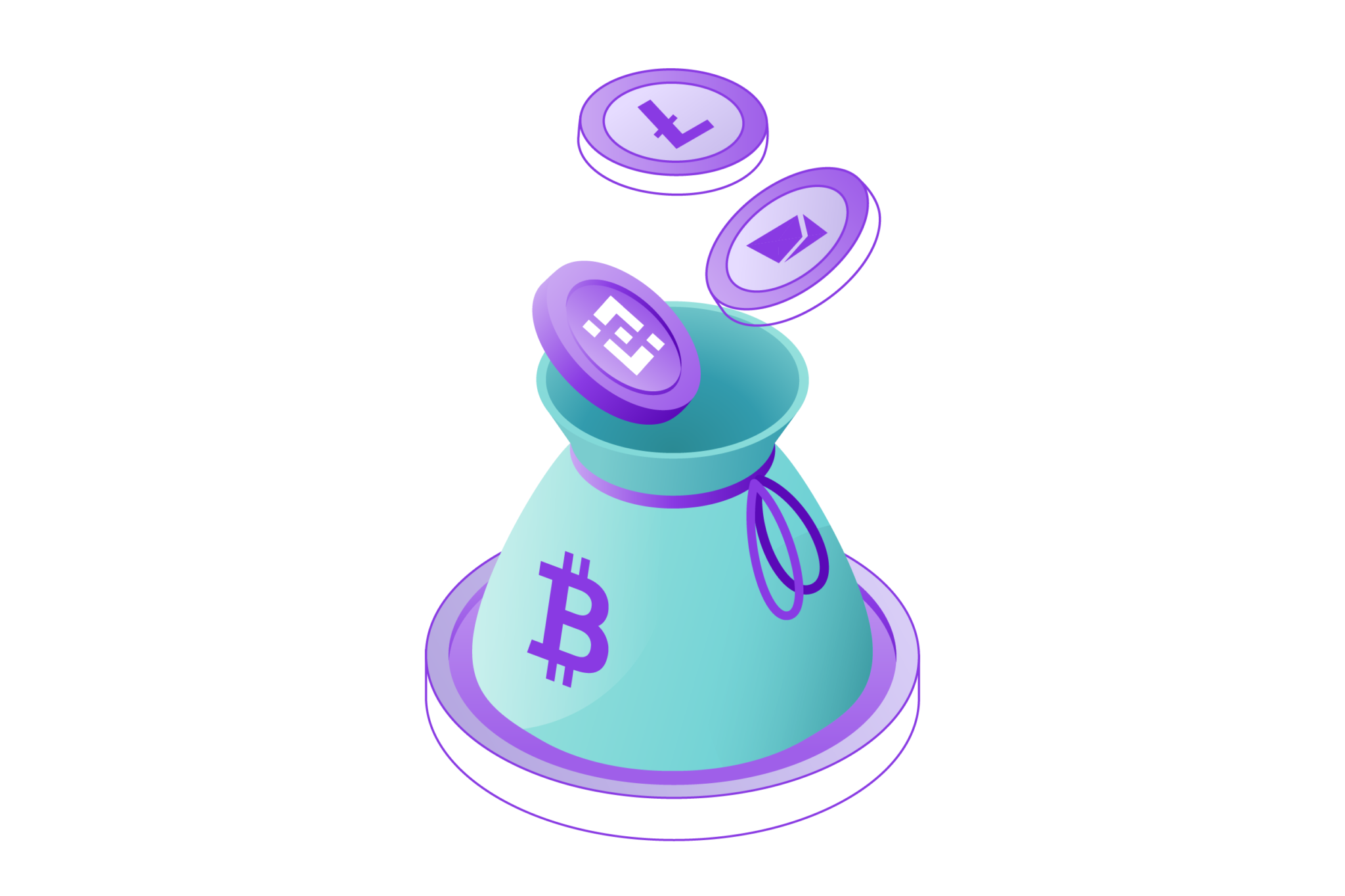
Cryptocurrencies and their underlying technologies continue to evolve rapidly, with Layer 1 blockchains playing a pivotal role in shaping the future of decentralized applications and financial systems. As we look ahead to 2024, it is crucial for investors and tech enthusiasts to stay informed about the leading projects in this space. Here are the top 10 layer 1 crypto to watch in 2024:
1. HeLa (HLUSD)
HeLa is a modular Layer-1 blockchain solution designed for real-world application and mass adoption. It emphasizes a user-friendly approach with a fiat-backed stablecoin for transaction fees, promoting stable and low costs. The architecture is divided into multiple layers such as consensus, execution, and asset integration, enhancing flexibility and scalability. HeLa supports Decentralized Digital Identity (DID), ensuring user privacy and data sovereignty. It is developed in collaboration with A*STAR’s Institute of High Performance Computing, showcasing strong scientific backing.
2. Ethereum (ETH)
Ethereum continues to be a major force in the decentralized space, with its transition to Ethereum 2.0 highlighting a significant shift towards scalability and energy efficiency through the implementation of proof-of-stake. The upgrade aims to address the network’s scalability trilemma, offering a more sustainable and faster platform.
This foundational blockchain is also at the forefront of the decentralized finance (DeFi) revolution, hosting numerous applications that are reshaping financial systems worldwide. Its ongoing developments are closely watched by both developers and investors, as Ethereum aims to maintain its leadership in the smart contract platform space.
3. Solana (SOL)
Solana’s architecture is specifically designed to facilitate decentralized applications (dApps) and crypto-currencies at scale. It utilizes a unique combination of proof-of-history (PoH) and proof-of-stake (PoS) consensus mechanisms to enhance its throughput capabilities. The network’s ability to process transactions quickly and at lower costs makes it an attractive platform for a range of applications, including fast-paced trading environments and complex decentralized applications that require rapid state changes.
4. Polkadot (DOT)
Polkadot introduces a heterogeneous multi-chain interchange and translation architecture that enables customized side-chains to connect with public blockchains. The platform is designed to facilitate an internet where independent blockchains can exchange information and transactions in a trust-free way via the Polkadot relay chain.
Polkadot’s innovative design could potentially make it a key player in facilitating a fully interoperable ecosystem of blockchains, which is increasingly seen as vital for the mainstream adoption of blockchain technology.
5. Avalanche (AVAX)
Avalanche promotes itself as the fastest smart contracts platform in the blockchain industry, as measured by time-to-finality. Its novel consensus mechanism allows it to reach consensus quickly and efficiently, ideal for deploying decentralized applications that require quick confirmation times.
The platform also offers unique features such as the ability to create custom private or public blockchains as “subnets,” each with its own rules and governance mechanisms, making it highly versatile and attractive for a wide range of applications.
6. Cosmos (ATOM)
Cosmos aims to tackle some of the hardest problems facing the blockchain industry today, including scalability, usability, and sovereignty. With its innovative inter-blockchain communication (IBC) protocol, Cosmos facilitates the interoperable exchange of data between independent chains. This feature is crucial for the future of decentralized applications, enabling them to operate across multiple blockchains without sacrificing the autonomy of any network.
7. Algorand (ALGO)
Algorand incorporates features that aim to increase transaction speeds and reduce the time it takes for transactions to be deemed final on its network, making it particularly attractive for financial institutions and enterprises looking for swift and reliable blockchain solutions. Algorand’s pure proof-of-stake approach also reduces the environmental impact of blockchain technology, aligning with global trends towards sustainability.
8. Tezos (XTZ)
Tezos distinguishes itself with its on-chain governance model, which allows the protocol to upgrade itself without having to fork the network. This not only helps in reducing disruption but also allows Tezos to rapidly adapt to changes in the ecosystem or integrate new technological advancements.
The platform’s modular architecture and formal verification of smart contracts provide an additional layer of security, appealing to developers looking for robust platforms for building dApps.
9. NEAR Protocol (NEAR)
NEAR’s approach focuses on user accessibility and developer convenience, making it an attractive platform for building decentralized apps. Its Nightshade sharding technology enhances performance and scalability by dividing the network into multiple shards that process transactions and computations in parallel.
NEAR’s commitment to a user-friendly approach extends to both developers, with its straightforward deployment processes, and users, through simple interaction methods for dApps.
10. The Open Network (TON)
TON offers high-speed transactions and scalability, with a focus on integrating blockchain technology into Telegram’s massive user base. This integration promises to drive widespread adoption and use cases, including micropayments and decentralized storage solutions. TON’s multi-blockchain architecture, or consensus algorithm that optimizes efficiency and speed, could provide a significant boost to the adoption of blockchain technologies across various sectors.
TON’s capabilities in handling vast numbers of transactions rapidly and securely position it as a potent candidate for mass-market applications and enterprise-level solutions.
As the blockchain landscape evolves, the platforms mentioned offer exciting opportunities for those looking to engage with cutting-edge technologies and invest in the future of decentralized networks. Whether you are drawn to HeLa’s innovative solutions or the established prowess of Ethereum and the growing ecosystems of Solana and Polkadot, each of these cryptocurrencies holds significant potential for 2024. Keeping an eye on these developments will be crucial for anyone looking to make informed decisions in this dynamic and rapidly changing sector.
Technological Innovations in Layer 1 Cryptocurrencies
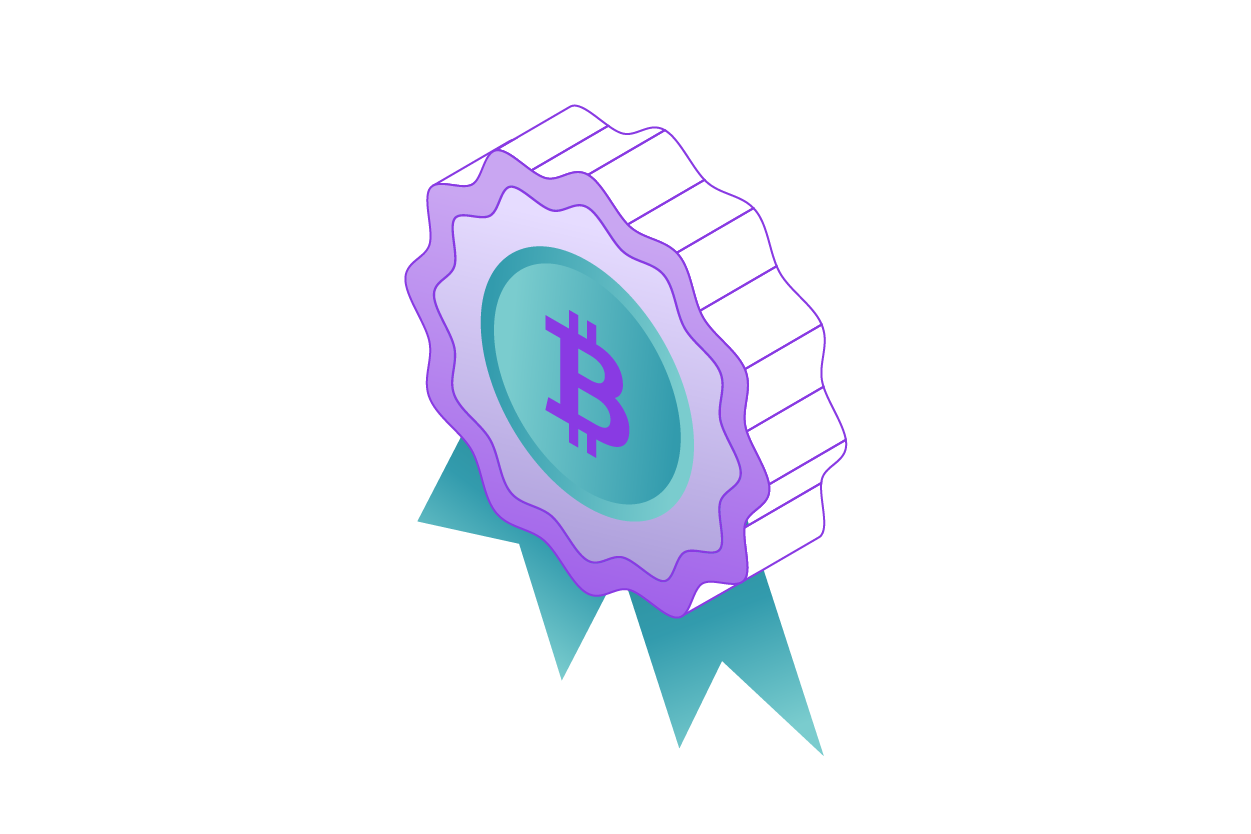
Layer 1 cryptocurrencies refer to the foundational blockchain networks like Bitcoin, Ethereum, and others, which are essential for building decentralized applications (dApps) and conducting transactions. As the demand for blockchain technology has surged, the need for these networks to be faster, more scalable, and energy-efficient has become increasingly important. Here’s how recent technological innovations are addressing these challenges:
- Sharding: This is a method used to distribute the data processing workload across multiple nodes, allowing the blockchain to process transactions more quickly and scale more efficiently. Sharding reduces the burden on individual nodes and speeds up transaction times without compromising the network’s security.
- Layer-2 Solutions: These are protocols built on top of the base blockchain layer, intended to increase the network’s transaction capacity and speed. Examples include the Lightning Network for Bitcoin and various scaling solutions for Ethereum like rollups and sidechains. These solutions help manage transactions off the main blockchain, thereby relieving congestion and reducing fees.
- Proof-of-Stake (PoS) Algorithms: Moving away from the energy-intensive Proof-of-Work (PoW) model, which Bitcoin uses, PoS has become a popular alternative for newer cryptocurrencies. In PoS systems, the creation of new blocks is handled by validators who are chosen based on the number of coins they hold and are willing to “stake” as collateral. This method is far more energy-efficient than PoW and encourages more stakeholder participation in the network governance.
- Cross-Chain Interoperability Protocols: These protocols enable transactions and information to be exchanged seamlessly between different blockchain systems. This fosters a more interconnected blockchain ecosystem, allowing dApps to operate across multiple chains and increasing the overall utility of the blockchain technology.
- Advanced Consensus Mechanisms: Besides PoS, other consensus mechanisms like Delegated Proof of Stake (DPoS), Proof of Authority (PoA), and others are being developed to optimize various aspects of blockchain operations, including decision-making speed, energy consumption, and security.
- Privacy Enhancements: Innovations like zero-knowledge proofs (ZK-proofs) allow users to engage in transactions that are verifiable by other network nodes without revealing any underlying data. This boosts privacy and security, making Layer 1 technologies more appealing for a wider range of applications.
These innovations not only aim to address the current limitations of blockchain networks but also pave the way for more robust and user-friendly blockchain applications. As these technologies continue to evolve and mature, they will likely lead to broader adoption of blockchain technology in various sectors beyond just cryptocurrency.
The Role of Community and Governance in Layer 1 Cryptos
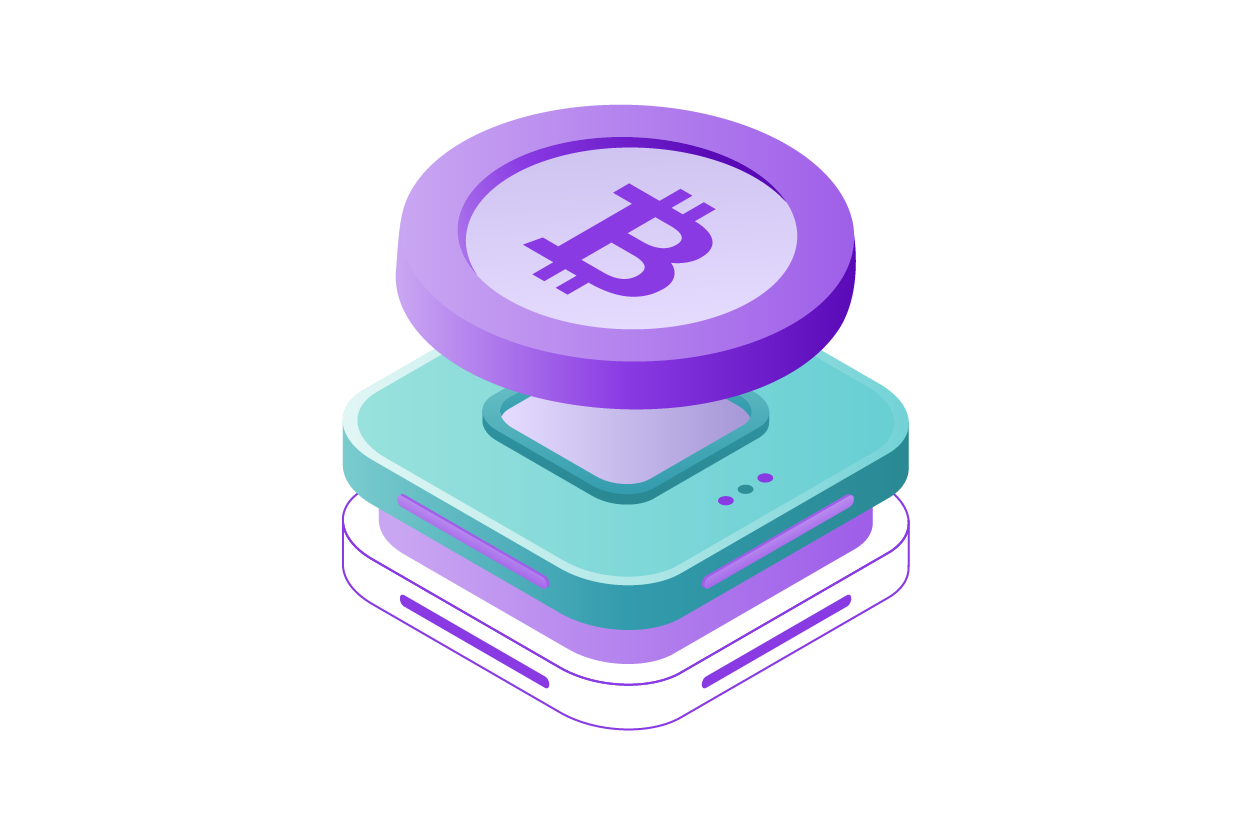
The role of community and governance in Layer 1 cryptocurrencies is crucial for multiple reasons, impacting everything from the blockchain’s technological development to its market adoption and regulatory standing.
Community Involvement
The community surrounding a Layer 1 blockchain—comprising developers, investors, and everyday users—plays a fundamental role in its success. Active participation from the community can drive innovation, as diverse ideas and feedback help refine and enhance the blockchain’s capabilities and usability. For example, a strong community can expedite the process of identifying and resolving bugs, proposing new features, and improving the blockchain’s overall security through collaborative efforts.
Governance Structures
Governance in blockchain refers to the mechanisms through which decisions are made regarding the network’s future, including protocol upgrades and changes in the fundamental rules. Effective governance models typically balance decentralization with the need for efficient decision-making. There are various governance models used by Layer 1 blockchains:
- On-chain Governance: Some blockchains incorporate voting mechanisms directly into the blockchain, where changes can be proposed and voted on by token holders. This model aims to be transparent and directly involve the community in the decision-making process.
- Off-chain Governance: In this model, decisions are made through discussions and votes that occur outside of the blockchain, often in forums or other community platforms. While potentially less transparent than on-chain governance, this model can allow for more nuanced discussions and flexibility.
- Hybrid Models: Many blockchains use a combination of both on-chain and off-chain governance processes to leverage the benefits of both approaches.
Impact of Governance on Adaptability and Resilience
A governance model that promotes inclusivity and adaptability is likely to be more resilient to changes in the broader cryptocurrency landscape. Blockchains that can adapt quickly to new technological advancements, regulatory requirements, and shifts in user behavior are more likely to thrive. For instance, a governance model that allows for rapid upgrades and integration of new features can keep a blockchain technologically relevant and competitive.
Also Read: 11 Best Web3 Companies to Consider in 2024
Challenges and Criticisms
While strong community and governance are beneficial, there are challenges:
- Centralization Risks: Even in decentralized networks, the risk of centralization can emerge if a small group gains disproportionate control over the governance process.
- Governance Participation: Often, only a small fraction of the community actively participates in governance, which can lead to decisions that do not reflect the wider community’s desires.
- Complexity and Usability: Effective governance models can be complex, potentially deterring participation from less technically-inclined users.
The community and governance structures of Layer 1 blockchains are not just peripheral features but are central to their functionality, longevity, and success. These elements shape the blockchain’s ability to grow adaptively and respond to both internal and external pressures, making them critical areas for continuous development and innovation.
Conclusion
As we navigate through 2024, the landscape of Layer 1 cryptocurrencies is more vibrant and promising than ever. These platforms are not just surviving; they are thriving, pushing the boundaries of what is possible within blockchain technology. For investors, understanding the nuances of each platform and keeping an eye on emerging trends will be key to making wise investment choices.
Furthermore, as the industry evolves, the importance of staying informed and adaptable cannot be overstated. The Layer 1 blockchains discussed here today provide a solid foundation for anyone looking to deepen their engagement with the cryptocurrency world. Whether you’re investing, developing, or simply exploring, these Layer 1 solutions offer valuable insights and opportunities for growth.
Finally, as we look to the future, the potential for new entrants and further technological breakthroughs remains high. Staying ahead of the curve will require a keen eye for innovation and a willingness to embrace new concepts and technologies as they arise. In the dynamic world of Layer 1 cryptocurrencies, the only constant is change, and being prepared for these shifts is essential for success.
Disclaimer: The information provided by Quant Matter in this article is intended for general informational purposes and does not reflect the company’s opinion. It is not intended as investment advice or a recommendation. Readers are strongly advised to conduct their own thorough research and consult with a qualified financial advisor before making any financial decisions.
Joshua Soriano
As an author, I bring clarity to the complex intersections of technology and finance. My focus is on unraveling the complexities of using data science and machine learning in the cryptocurrency market, aiming to make the principles of quantitative trading understandable for everyone. Through my writing, I invite readers to explore how cutting-edge technology can be applied to make informed decisions in the fast-paced world of crypto trading, simplifying advanced concepts into engaging and accessible narratives.
-
Joshua Soriano#molongui-disabled-link
-
Joshua Soriano#molongui-disabled-link
-
Joshua Soriano#molongui-disabled-link
-
Joshua Soriano#molongui-disabled-link

